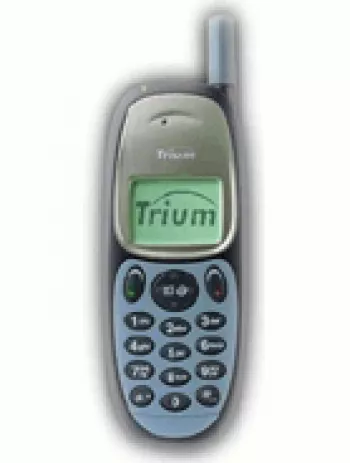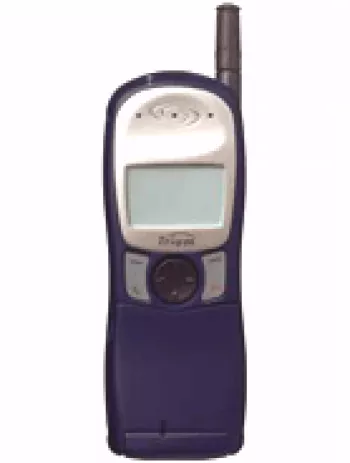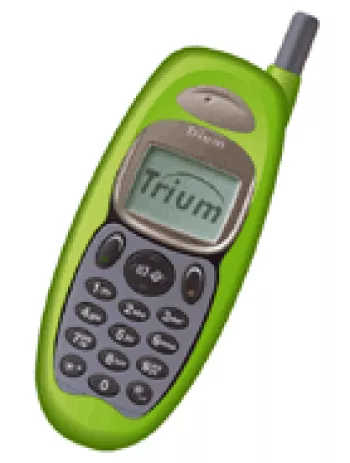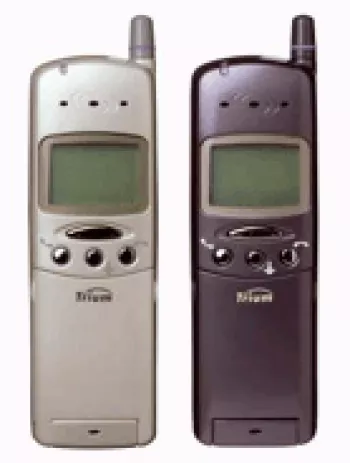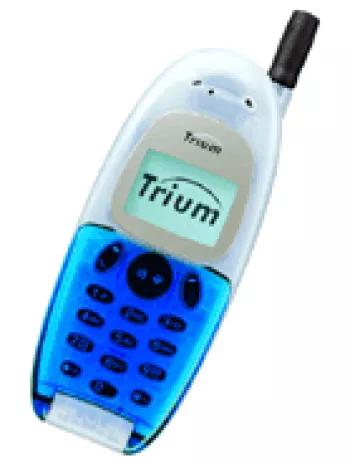Mitsubishi Trium Geo Full Specs Pricing Pros & Cons Revealed
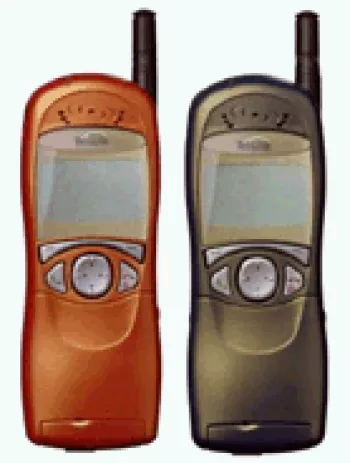
Overview of Mitsubishi Trium Geo
The Mitsubishi Trium Geo was a mobile handset introduced at the close of the 20th century, during a time when feature phones were the standard. Announced in 1999, this device catered to users who required basic communication functions without the complexities of modern smartphones. Despite its simplicity, the Trium Geo was a testament to the technological innovations of its time.
Design and Build
The Mitsubishi Trium Geo featured a form factor that was common for the era, with dimensions measuring 132 x 49 x 29 mm and a volume of 140 cc. With a weight of 149 grams, it stood as a relatively sturdy device. The phone operated with a Mini-SIM and was known for its robust construction, suitable for everyday use without the fragility associated with contemporary smartphones.
Display
The Trium Geo was equipped with a monochrome graphic display, which was typical of mobile phones at the time. Although the precise size of the screen is unspecified, users could view up to 25 characters per line, depending on the resolution format. This display type, though limited by modern standards, provided adequate clarity for the SMS communication and basic phone functions it supported.
Network and Connectivity
Focusing on basic mobile communication needs, the Mitsubishi Trium Geo supported GSM technology with compatibility for GSM 900/1800 bands. It did not feature GPRS or EDGE capabilities, which further emphasizes its role as a basic communication device rather than a data-centric one. The absence of advanced connectivity options like Bluetooth, WLAN, or GPS reflected the design priorities of the period.
Memory and Storage
The Trium Geo offered minimal internal storage, which was a common characteristic of feature phones. It could store up to 100 entries in its phonebook and track 10 dialed calls, alongside 5 received and 5 missed calls. There was no provision for expandable memory, as the phone lacked a card slot for additional storage media.
Sound and Ringtones
Sound functionality in the Trium Geo was limited to monophonic ringtones and vibration alerts. The absence of a loudspeaker and a 3.5mm jack made it exclusively a tool for voice communication and basic alerts, rather than a multimedia device.
Communication Features
The Trium Geo supported SMS messaging, a crucial feature during the pre-smartphone era for text-based communication. It also included basic utilities such as a clock and alarm functionality. The phone supported 8 different languages, making it accessible to a diverse user base.
Power and Battery
Efficient power usage was key to the Trium Geo's design. It housed a removable NiMH battery with a capacity of 900 mAh. Users could expect up to 150 hours of standby time and approximately 3 hours of talk time—a standard range for devices of this category during that time.
Physical Characteristics
Beyond its core functionalities, the Trium Geo was distinguished by its availability in a few different colors. The phone's aesthetics were modest, with a focus on utility rather than style, in line with the general design trends of feature phones at the time.
The Historical Context
The Mitsubishi Trium Geo emerged during an era when mobile communication was transitioning from a luxury to a necessity. Its design reflects the priorities of its release period: durability, essential functionality, and basic communication. The lack of a camera and advanced computing power compared to modern devices underscores its role as a pioneering tool that paved the way for the future developments in mobile technology.
Legacy and Discontinuation
Despite being discontinued, the Mitsubishi Trium Geo remains a piece of technological history. It represents the constraints and innovations of the time, highlighting the rapid evolution of mobile technologies that soon transitioned into smart capabilities seen in devices today. The Trium Geo served its purpose as a reliable communication device and stands as a reminder of how far technology has progressed in just a few decades.
Key Features of Mitsubishi Trium Geo
- Dual-band GSM support (GSM 900 / 1800)
- Compact size and lightweight for its time
- Monochrome graphic display suitable for basic use
- Phonebook capacity of up to 100 entries
- Supports SMS messaging
- Removable NiMH 900 mAh battery with standby time up to 150 hours
- Multiple language support (8 languages)
- Includes basic features like clock and alarm
- Available in 3 colors
Disadvantages of the Mitsubishi Trium Geo
- Lack of GPRS and EDGE support for data services.
- Discontinued model, leading to lack of support and spare parts.
- Relatively heavy and bulky dimensions (149 g, 132 x 49 x 29 mm).
- Limited display with monochrome graphic and basic resolution.
- No memory card slot for storage expansion.
- Very limited phonebook capacity (only 100 entries).
- Lacking a loudspeaker and 3.5mm audio jack.
- No support for modern connectivity options such as Bluetooth, WLAN, and USB.
- No built-in camera or multimedia features.
- Limited to SMS for messaging, no internet browser.
- No gaming capabilities or downloadable content (Java not supported).
- Short talk time of 3 hours and standby of 150 hours.
View Also
More Phones
All Rights Reserved +14266 Phones © Mobilawy 2025














